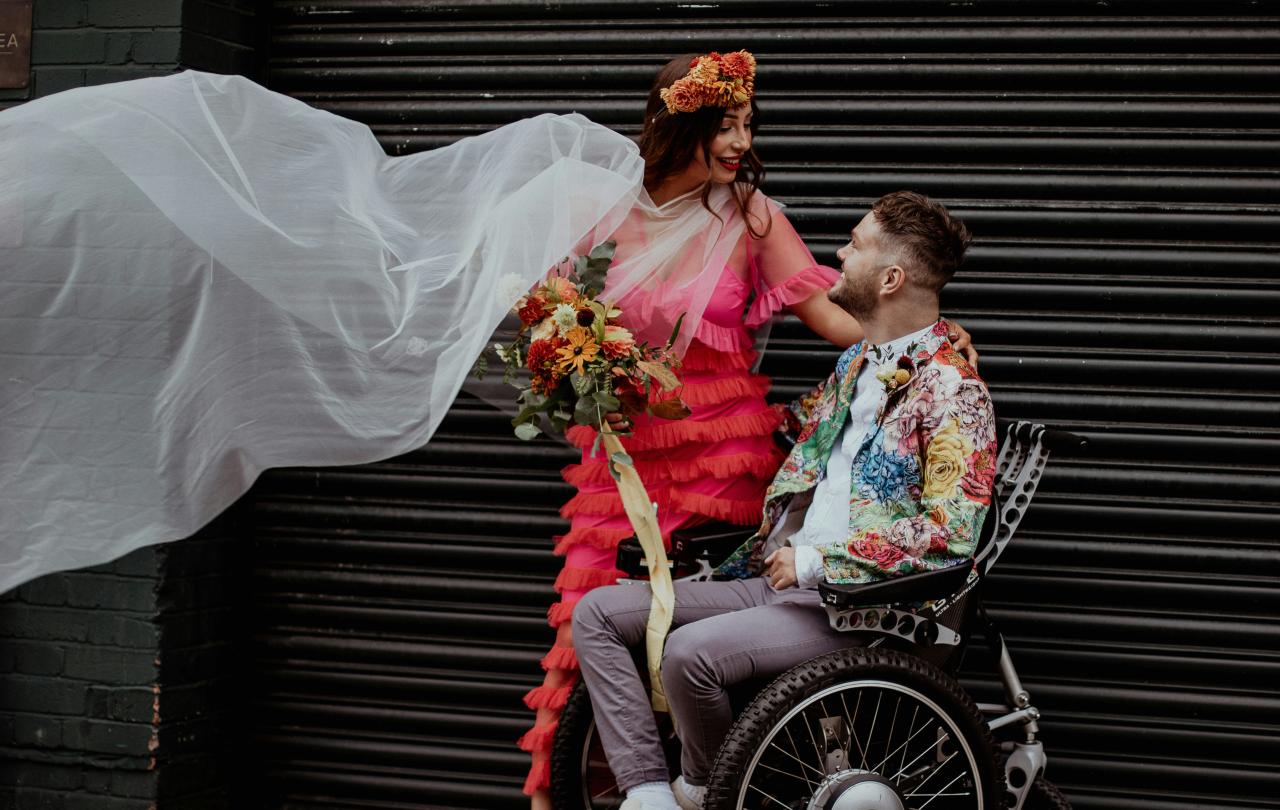
Of all the dramatic changes to Britain in the last half century, one of the least discussed is the extraordinary decline in marriage.
The marriage rate has fallen by two-thirds in the last 50 years. It was just above six per cent in 1972 and has now been under two per cent since 2017.
This remarkable decline has corresponded with a rise in a relatively new relation type: cohabitation. Cohabitation was extremely uncommon before the 1960s, and even by 1986 just 10 per cent of new mothers were cohabitants. It is, however, rapidly becoming the mainstream. Now 35 per cent of babies are born to cohabiting mothers, and the total number of UK cohabiting couples increased from 1.5 to 3.7 million between 1996 and 2022.
Much of this is due to couples delaying marriage: 84 per cent of religious and 91 per cent of civil marriages are now between couples that already live together, and the average age when first marrying has climbed by 10 years since the early 1970s. But it is also due to many more couples not marrying at all.
Opinions understandably differ on this social transition away from marriage and towards cohabitation. It is a point of progress worth celebrating that the previous societal shunning of those, especially women, who had children outside of marriage has been left in the past. However, such progress has not been without consequences. Cohabitations are less stable, on average, than marriages. Cohabiting parents are around three times as likely to separate in the first five years of their children’s life as married couples.
This stability is not simply because wealthier, more highly educated people tend to have stable families and also tend to marry. Studies by World Family Maps and the Marriage Foundation have shown marriage to be a larger factor in family stability than either education or income.
Nor does the stability come from couples staying together miserably. Studies undertaken in 2017 and 2024 looked at the outcomes of couples 10 years on from considering their relationships to be ‘on the brink’. In the initial study, while 70 per cent of cohabiting couples had separated in the decade since considering themselves ‘on the brink’, 70 per cent of the married couples had remained together. Perhaps even more crucially, just seven per cent of those married couples that had stayed together were unhappy in their relationship a decade on. The 2024 study found none of the sample of married couples that had stayed together were still unhappy 10 years on. For those that had stayed together, things had improved.
This family instability that the decline of marriage has caused is also unevenly distributed. Affluent couples – often those most likely to criticise the concept of marriage – are much more likely to marry than disadvantaged ones.
Looking at socioeconomic groups, seven in ten mothers from the most advantaged group are married, while just a third of those from the two most disadvantaged groups are. The effect is geographic, too. Institute for Fiscal Studies research has found parents having children are more likely to be married if they are living in better educated areas. For the advantaged, it is compassionately affirmational to suggest that every relationship is equal, even though the advantaged themselves choose the most secure option of marriage: a hypocrisy only tolerated due to the potent fear of seeming judgemental.
The consequence of this is deepening inequality: disadvantaged families are rendered more likely to breakdown, while children from affluent backgrounds are disproportionately likely to enjoy the ‘the two-parent privilege’, the substantial emotional and developmental advantages of growing up in a stable home. Melissa Kearney coined the phrase, and her evidence shows how children grow up, on average, to have better educational outcomes, better emotional and physical wellbeing, and higher incomes if they are raised in two-parent homes.
Stable families are foundational to a stable society, and marriage is crucial to stable families.
So, why are marriage rates so much higher among wealthier couples than poorer ones, and why is this gap growing?
We can isolate three reasons in particular, each more solvable than the last.
Most challenging is the feedback loop effect: people whose parents, role-models, and friends have not married are unlikely to do so themselves. The demographic trend compounds itself.
Second, and easily addressable if only the will was there, is the public messaging effect: politicians – and to some extent celebrities – have consistently told the public that marriage is unimportant. In 2017, Marriage Foundation research found that it had been a decade since a cabinet member had discussed marriage in a speech. This has hardly changed in the years since. In 2024, the only major party whose manifesto even mentioned marriage was Reform; even then the focus in the relevant section seemed to be less on marriage and more on getting ‘people trapped on benefits back into the workplace’.
Third is the cost of weddings. A quick flick through top wedding magazines suggests that the average wedding costs upwards of £20,000. Survey evidence from both Marriage Foundation and the Thriving Center of Psychology have found that most young people view weddings as unrealistically expensive.
This financial problem is solvable: much of the costs relate to venue hire. Unless they are having a religious marriage, a couple will need to find a venue that has gone through the bureaucratic process of becoming an ‘approved premises’. The cheapest of these are register offices which, including all expenses, still cost about £500.
This is eminently mendable. The Law Commission proposal to reorganise wedding law around the officiant, not the venue, opens the door for a future of more affordable weddings by removing the regulatory barrier. It will also bring the law in line with that of other home nations.
This proposal will not work by itself, though, it will need to be supported by creativity in wedding planning.
Wedding costs can be substantially reduced by taking a DIY approach. Food, drinks, and decorations can often be coordinated amongst enthusiastic (and appropriately competent!) guests.
Booze free weddings are a growing phenomenon, and especially good for weddings with children.
Such ‘group-effort’ approaches often have a unique feel thanks to the high participation of guests, and people are more likely to remember events that they feel a sense of ownership of, having helped make them happen.
Alongside this is a recommendation by the Centre for Social Justice. It proposes subsidising the necessary statutory fees for the poorest couples, up to £550 per couple. An inexpensive and hugely beneficial adjustment to improve wedding accessibility for the least fortunate.
Stable families are foundational to a stable society, and marriage is crucial to stable families; perhaps it is time for all of us to make tying the knot easier.
Join with us - Behind the Seen
Seen & Unseen is free for everyone and is made possible through the generosity of our amazing community of supporters.
If you’re enjoying Seen & Unseen, would you consider making a gift towards our work?
Alongside other benefits (book discounts etc.), you’ll receive an extra fortnightly email from me sharing what I’m reading and my reflections on the ideas that are shaping our times.
Graham Tomlin
Editor-in-Chief





